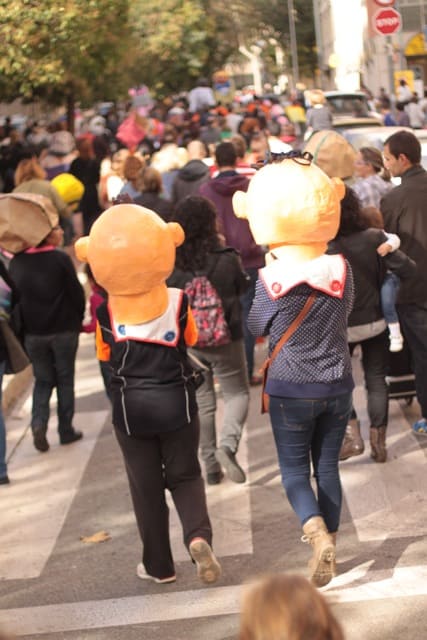*This site contains affiliate links, which means I receive a commission when you buy. See my full disclosure.
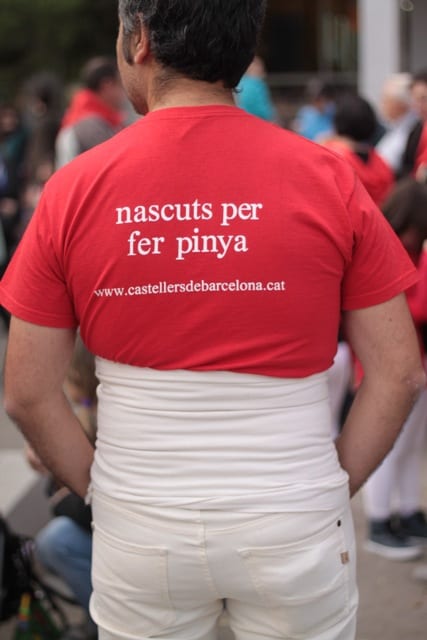
I live in a quiet and off-center neighborhood of Barcelona, Sant Martí. It’s still in the city, but you will definitely not see any tourists with a large map unfolded before them. We have good schools, a colorful food market, quiet restaurants, cafés, supermarkets, and a busy rambla that gets plenty of rush-hour pedestrian and car traffic. Basically, we have everything we need 10 minutes walking or less. (Well, except for a good fast food joint. But that’s probably a good thing.)
Like all barrios of Barcelona, my own humble Sant Martí recently had its own neighborhood festa major. The festas in Catalonia are annual street parties open to locals and outsiders and include live music, a parade, gegants, and other activities for everyone. Perhaps the craziest festa major is that of Gracia, which happens in late August. But a few weeks ago, we joined our own neighbors to get our cultural fix.
Meet Martí and Dolça, the barrio’s own gegants. Always found at the festa, these showtakers are 3-4 meter tall giants made of papier-maché. Experienced geganters animate the giants from the inside and help them walk the streets and dance.
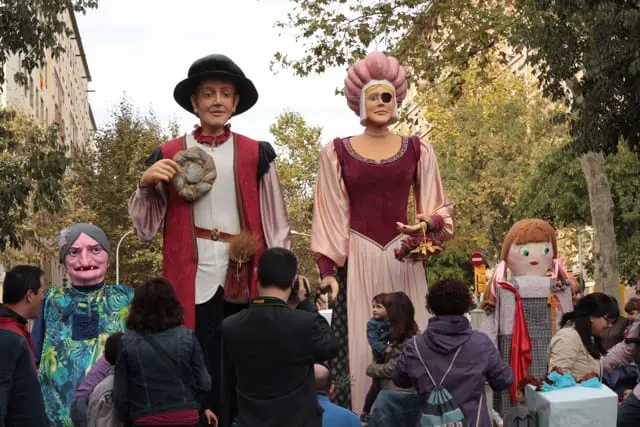
Schoolchildren in the barrio also participate in making capgrossos (big heads), then bring them to school to showcase them at the festa.
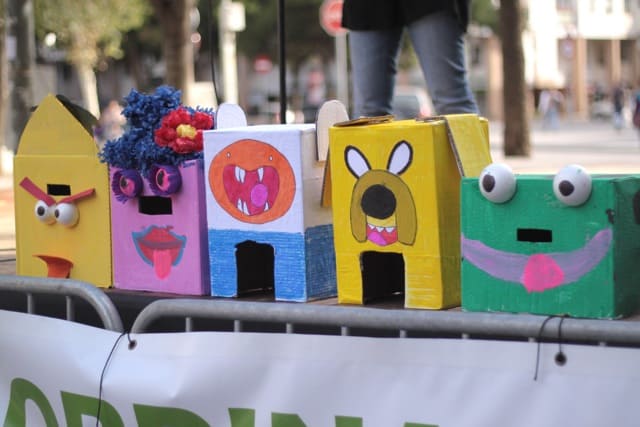
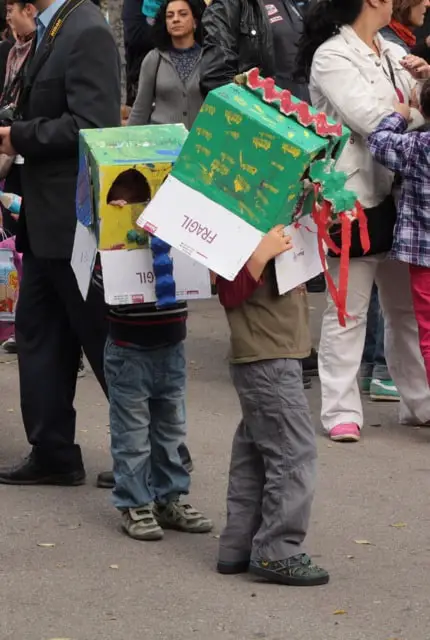
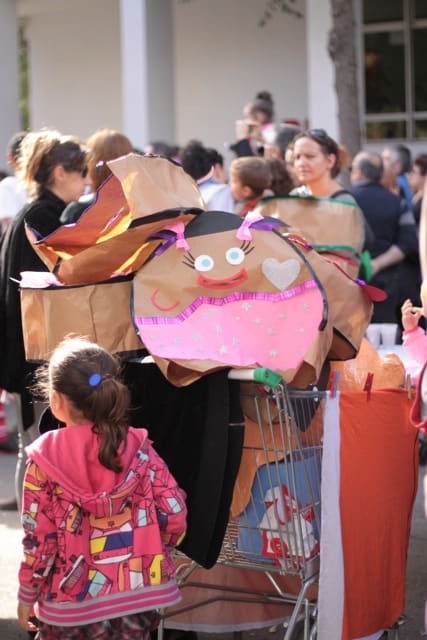
Meanwhile, a group of castellers prepare to make a castell, literally a castle, or human tower. This Catalan tradition dates back to 18th-century Valls, a city near Tarragona. Groups would compete in constructing castles of differing complexities — from the levels to the number of persons per level. This casteller wraps his waist with a faixa, a sash for extra back support.
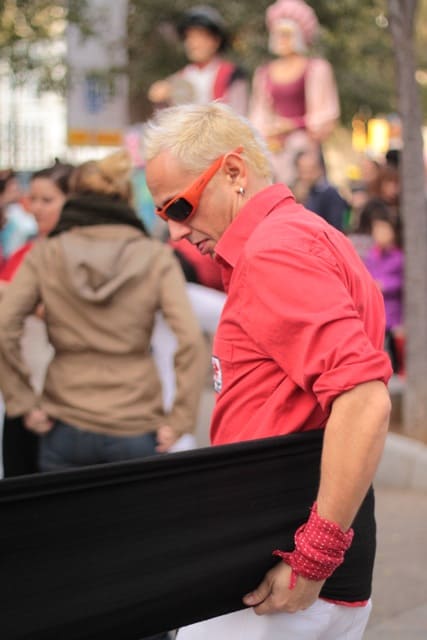 A young man gets extra help to make sure his sash is extra snug.
A young man gets extra help to make sure his sash is extra snug.
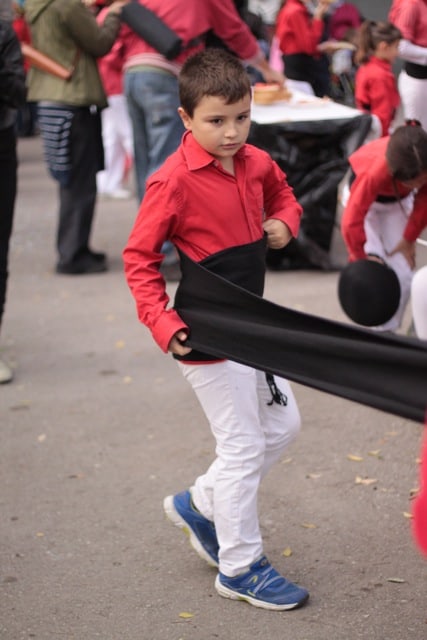
Equipped with her protective headgear, this little girl gets a snack before she hits the top of the castle.
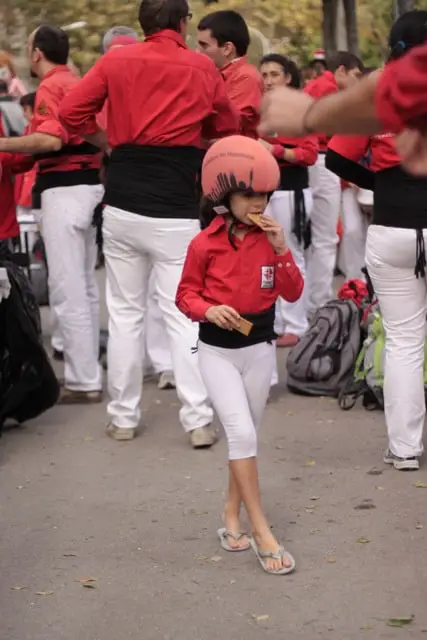
My daughter gets a prime seat to see the tradition of getting vertical, Catalonia’s historical version of extreme sports.
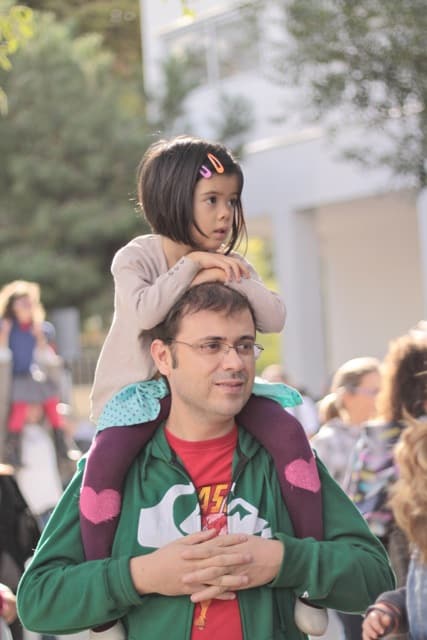
First a pinya (pineapple) is formed, a horizontal base where hands supports arms and shoulders of others. They are also there to form a cushion for a falling body, you know, just in case. No fooling around here — it’s a time of concentration and solidarity. Focus!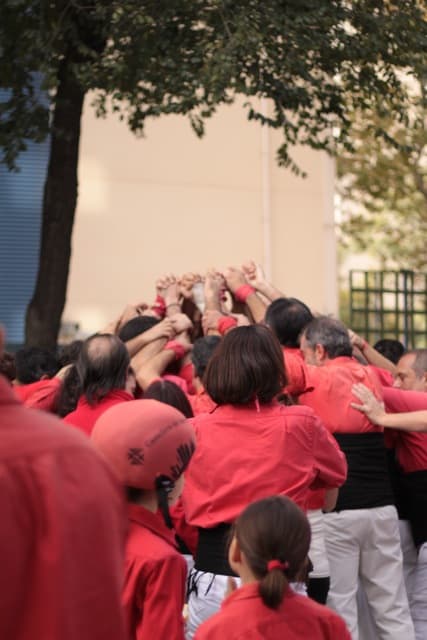 Next comes the tronc (trunk), which can vary from 1 to 9 people. Looks like it’s gonna be a one-person deal.
Next comes the tronc (trunk), which can vary from 1 to 9 people. Looks like it’s gonna be a one-person deal.
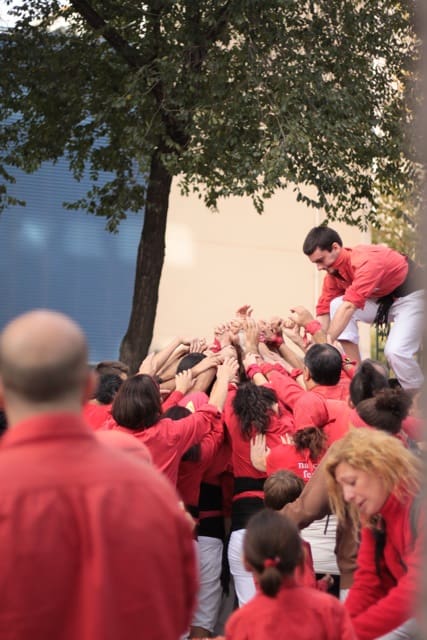
He’s up!
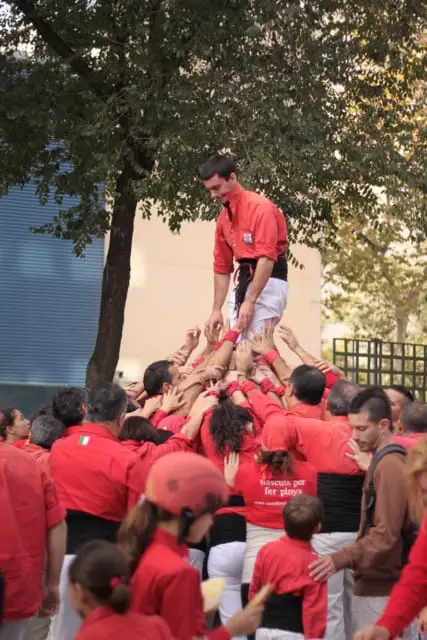 Next level…
Next level…
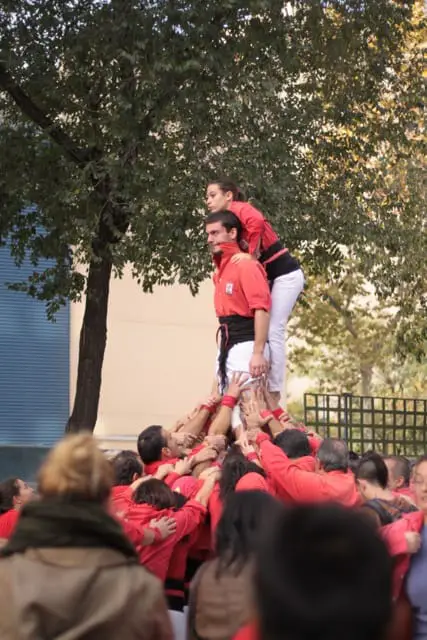
And now climbs the enxaneta, the crown of the completed tower.
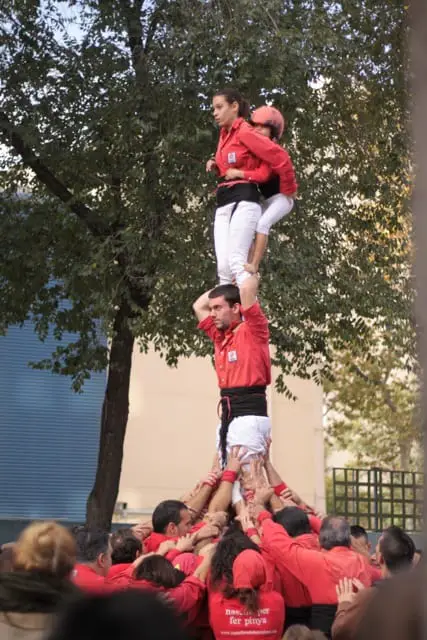
She makes it! A salute to the crowd. Everyone cheers…then sighs.
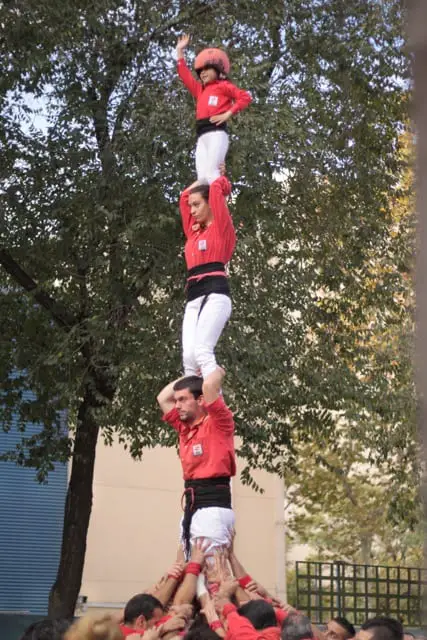
This casteller is relieved that the 4-level tower was a success.
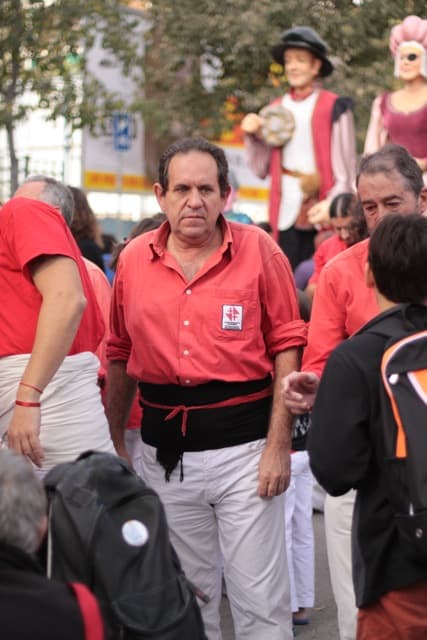
People prepare for the cercavila, or the parade around the streets of the ‘hood.
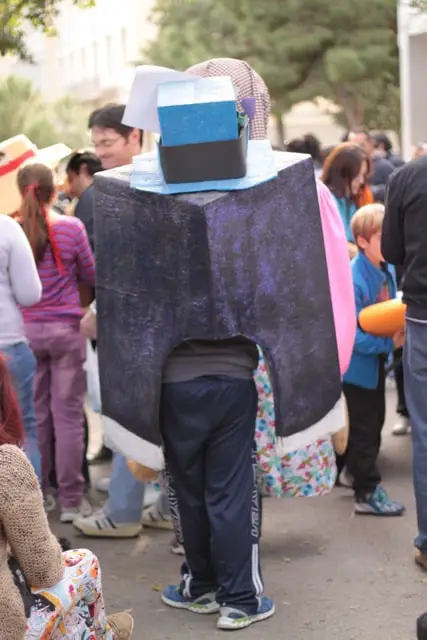
This little girl’s got her big head on.
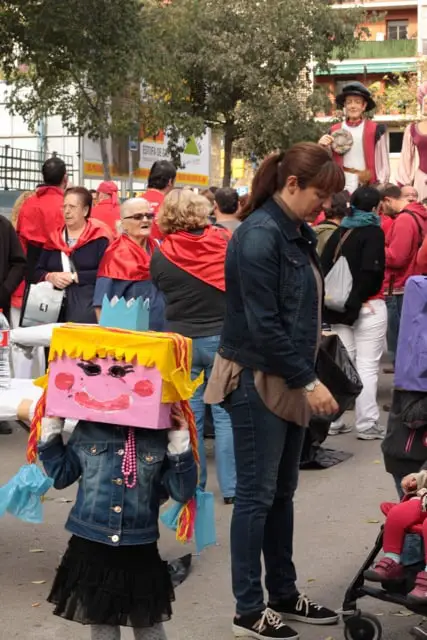
A band of teenagers play some catchy music with lots of drums beats. Love seeing young chicks who rock.
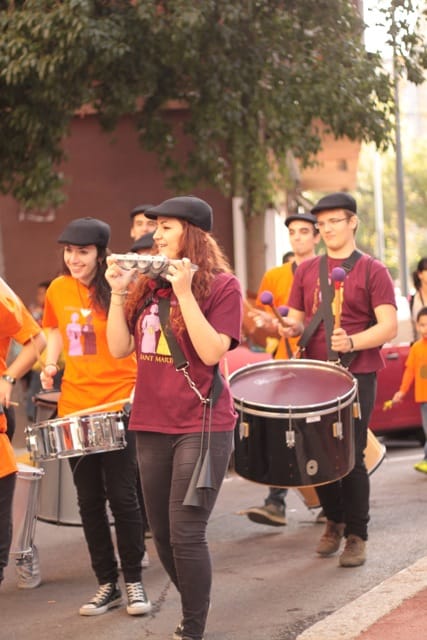
Martí and Dolça lead the way on the city streets. They pause intermittently to do a little dance.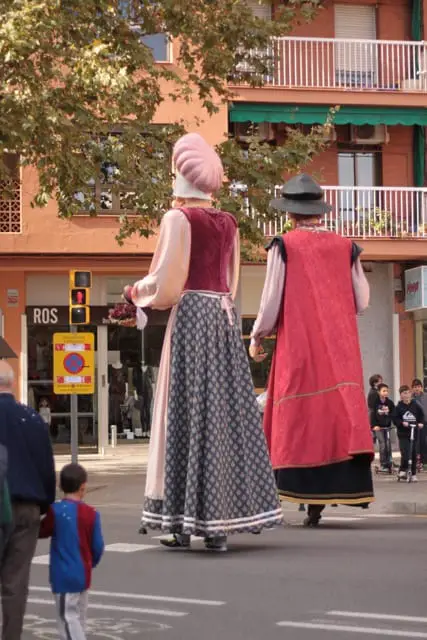
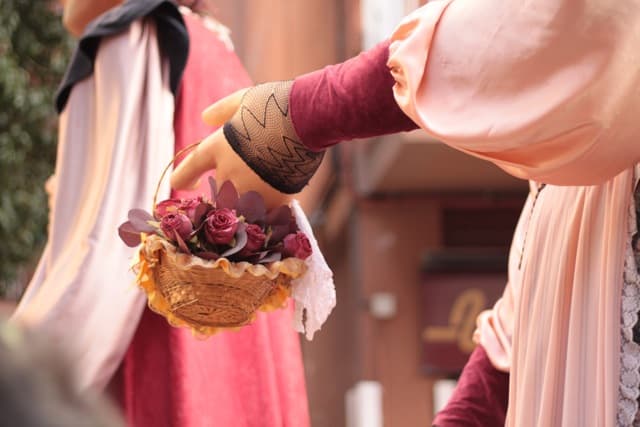
Marching together in a small community is refreshing when you live in a city of 1.6 million people.
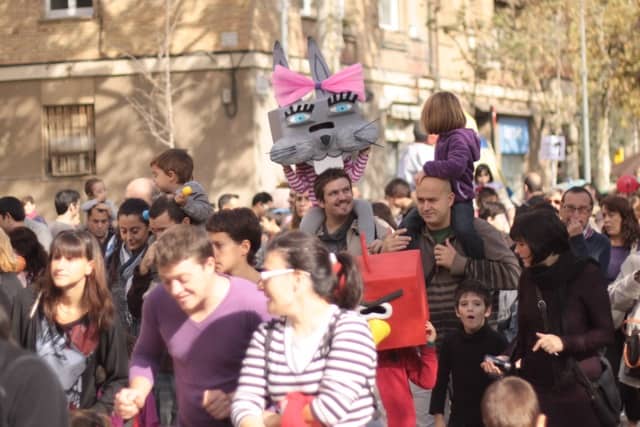
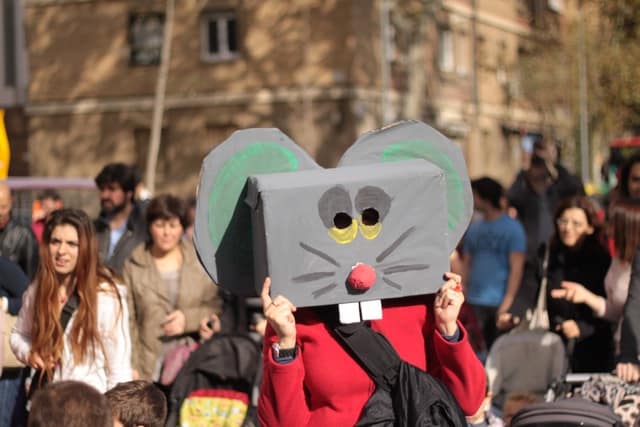
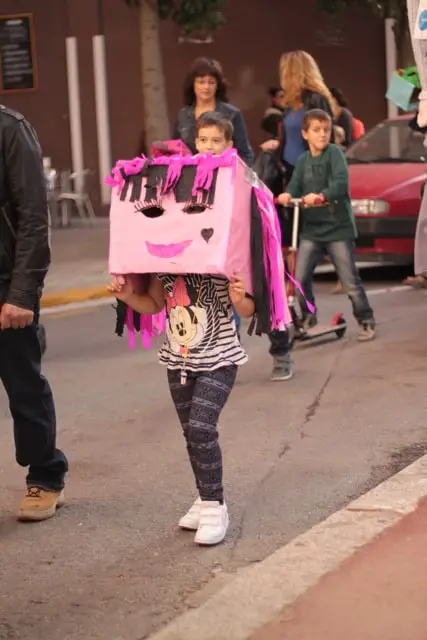
I love the expression of this capgrosso. All the kids wanted to take pictures with him and touch that gigantoid head.
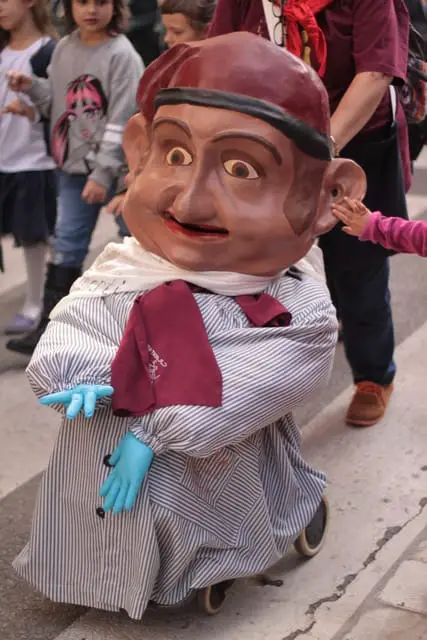 A pair of tan gegants make their way down the street.
A pair of tan gegants make their way down the street.
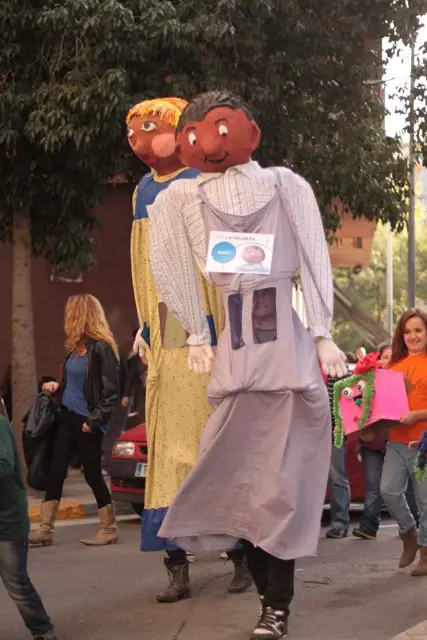
Hey, wait. They’re not real!
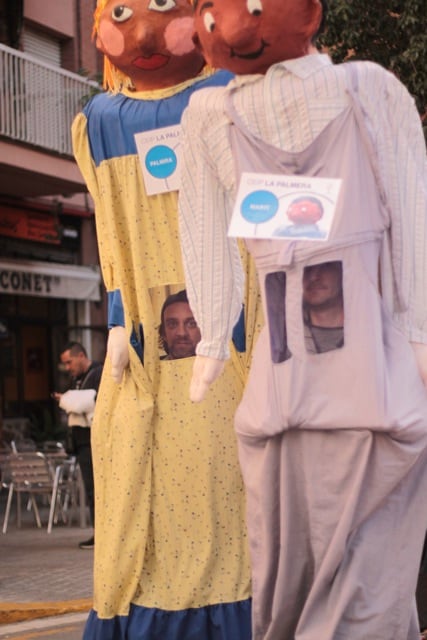
A dainty lady.
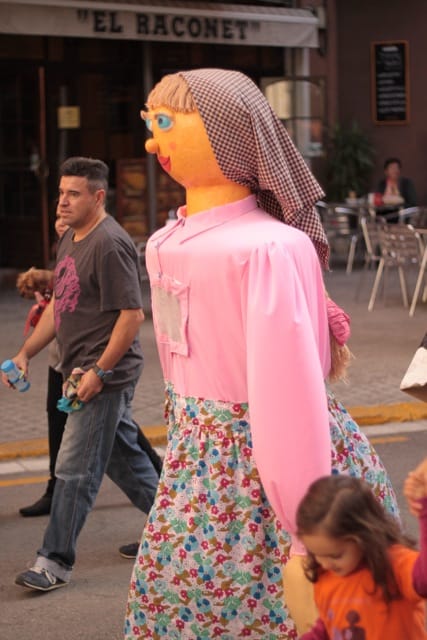 One curious neighbor peeks out of her window to see what all the ruckus is about.
One curious neighbor peeks out of her window to see what all the ruckus is about.
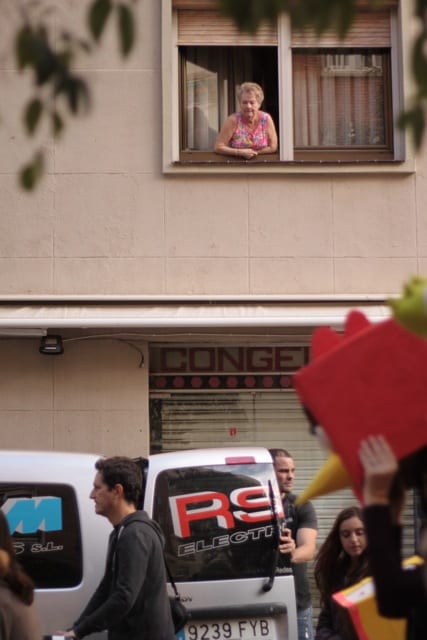
It seems that the whole barrio was out parading that day.
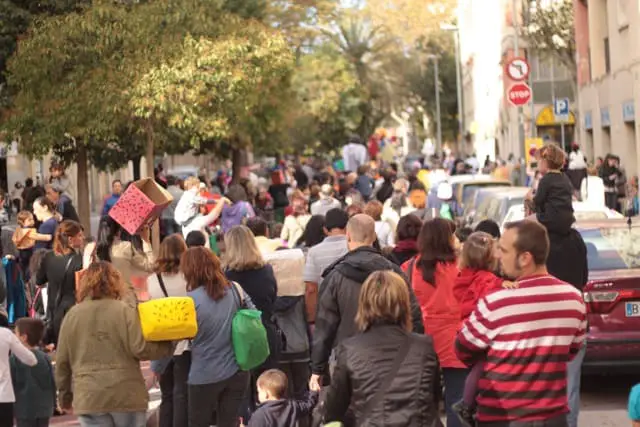
Fin!
